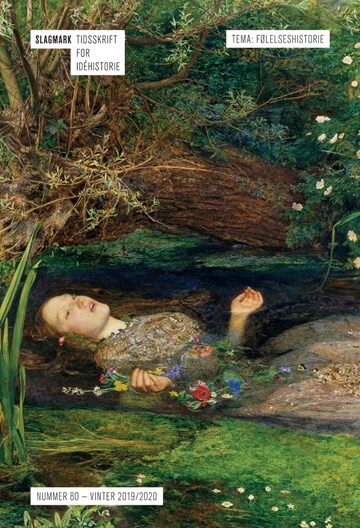Familie og følelser i det romerske Kartago
DOI:
https://doi.org/10.7146/slagmark.vi80.136320Resumé
This article discusses the epitaphs with epithets from two burial grounds at Carthage excavated by Alfred-Louis Delattre in the last decades of the 19th century. He found more than 900 Latin inscriptions that can be dated between the late first century and the early third century CE. Most of those buried at the so-called ‘cimetières des officiales’ were imperial slaves and freedmen together with their relatives and include almost 1300 individuals. Epithets occur just in about sixty epitaphs or about 6 % of the inscriptions from the imperial burial grounds at Carthage. The inscriptions are mostly short with certain conventions. The employment of epithets characterized the moral qualities of the commemorated seen from the commemorator’s point of view and is an expression of feelings, emotions and grief. The epitaphs from Carthage come from a well-defined context within a well-defined group, which may share the same feelings and be called an emotional community. The analysis of the most common epithets demonstrates remarkable differences between their use at Carthage and in the funerary inscriptions found in Rome.
Downloads
Publiceret
Citation/Eksport
Nummer
Sektion
Licens
Ophavsretten til artiklerne i Slagmark deles mellem forfatter og Forlaget Slagmark.
Artikler og tekstmateriale publiceret i Slagmark må citeres, downloades og videresendes for ikke-kommerciel brug, under forudsætning af normal akademisk reference til forfatter(e) samt tidsskrift, årgang, nummer og sider.
Brug og distribution af tekstmateriale både i form af papirkopier og elektroniske kopier, til undervisningsbrug på uddannelsesinstitutioner og intern brug er tilladt efter aftale med Copydan Tekst & Node. Brugen skal ske inden for aftalens rammer.
Artikler og tekster må kun genudgives med eksplicit tilladelse fra forfatter(e) og tidsskriftet med en anerkendelse af værkets første publicering i nærværende tidsskrift.





